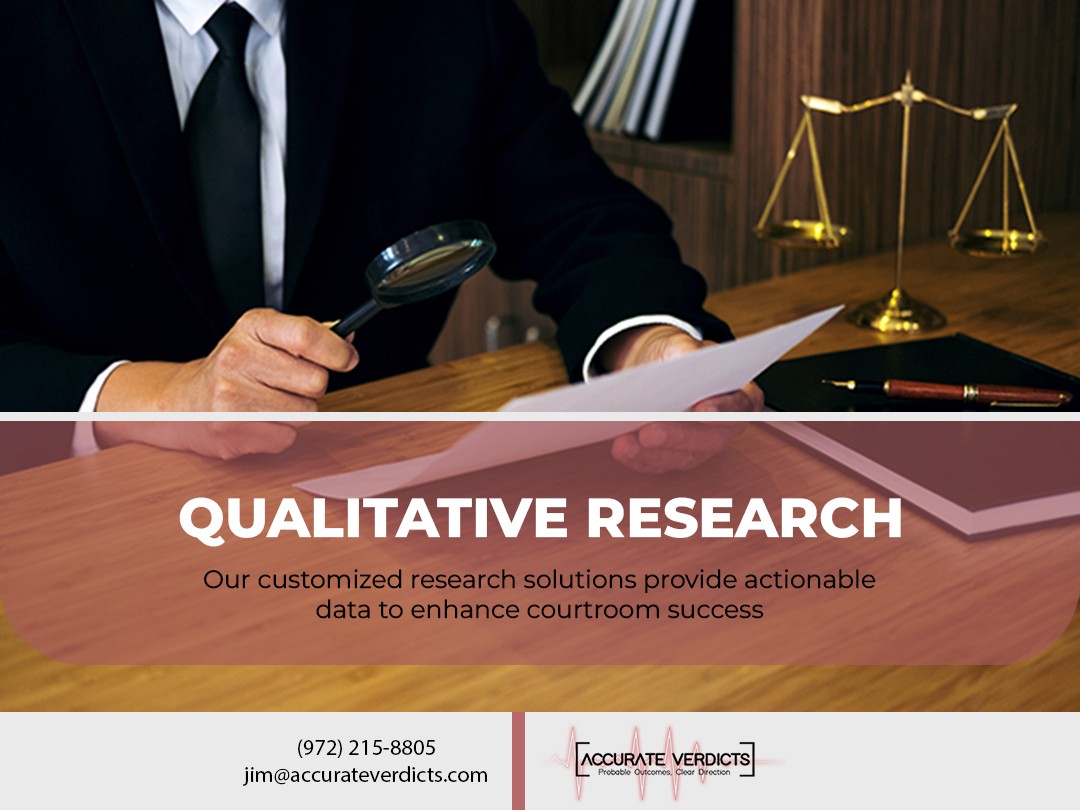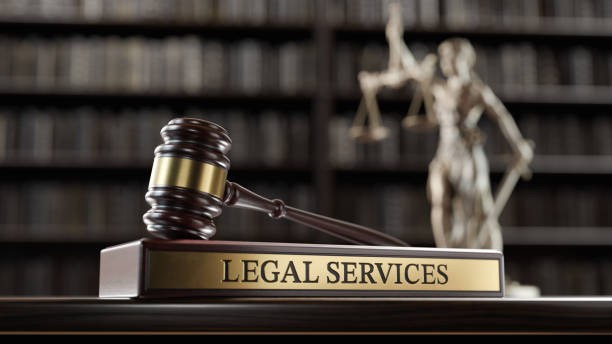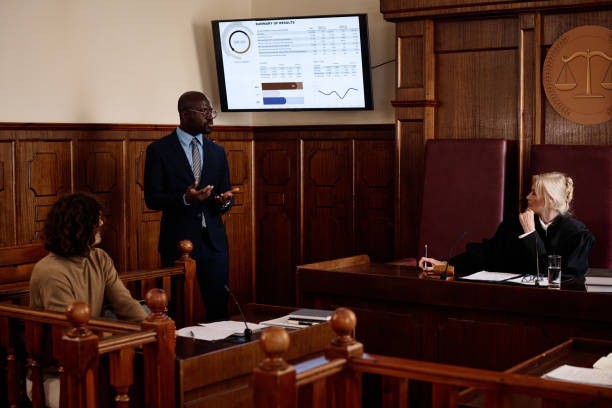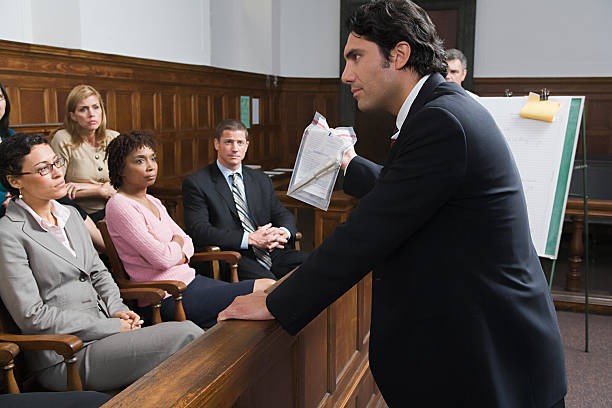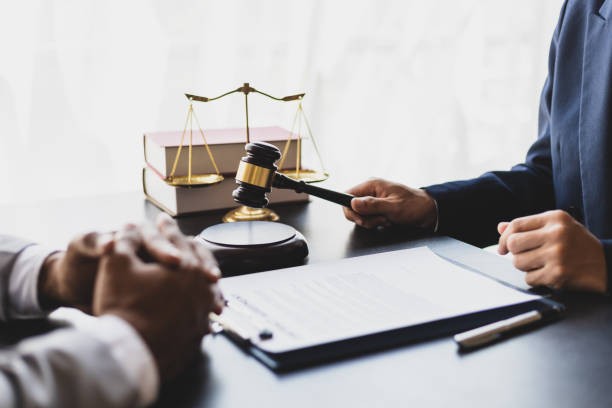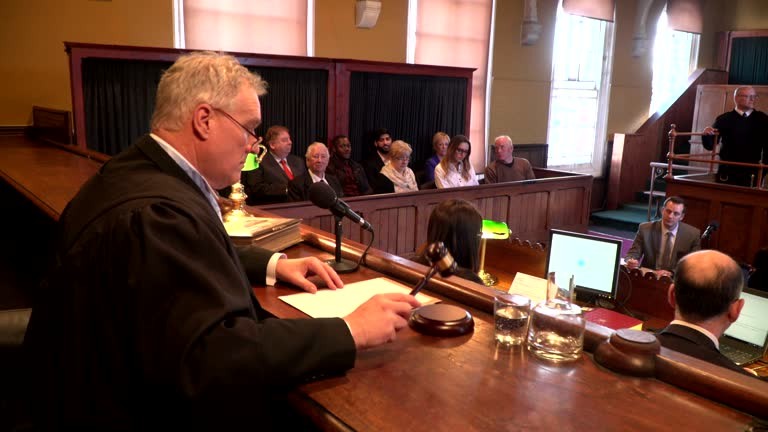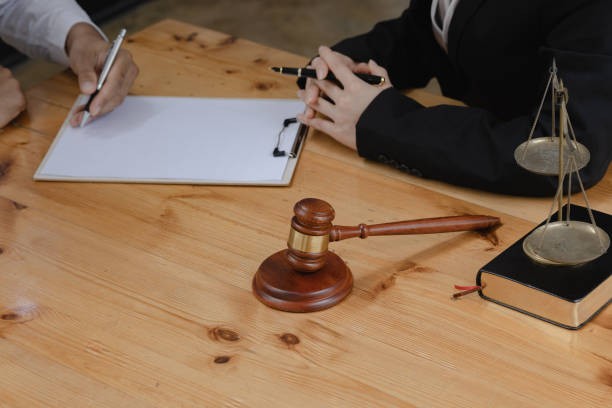What’s the Key to Effective Legal Messaging?
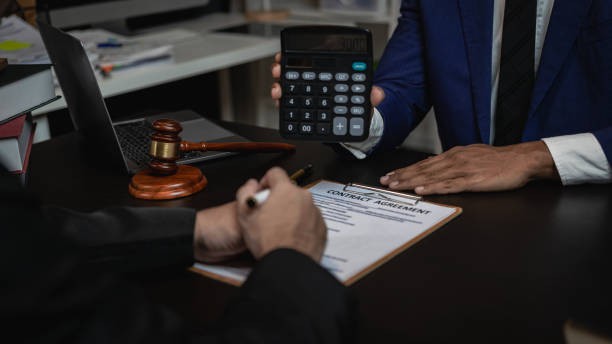
Legal messaging is more than just presenting facts—it’s about communicating your message clearly and persuasively to your audience. If you are presenting a case, handling a legal dispute, or simply educating your clients, effective messaging is key to making sure your point is heard and understood. But what exactly is the key to delivering that message in a way that connects with your audience?
Ahead, in this blog, we will break down the important elements of legal messaging, from understanding your audience to delivering your message in a way that sticks.
Understand Your Audience
The first step to effective legal messaging is understanding your audience. You can have the best legal argument in the world, but if your message doesn’t reach the right people in the right way, it won’t make a difference. Whether you’re addressing clients, a judge, or a jury, you need to tailor your messaging to meet their needs.
Legal professionals should always keep in mind that not everyone is familiar with legal jargon. Avoid complicated terms when simpler alternatives will do. When you’re explaining legal concepts to a client, make sure they understand the bigger picture, not just the technical details.
Keep It Clear and Simple
In legal messaging, clarity is crucial. This means getting straight to the point without unnecessary fluff. When you have limited time or space to communicate, you need to make sure your message is precise and easy to digest.
Consider breaking down your points into short, clear sentences. Use bullet points, numbered lists, or simple paragraphs to organize your message. Avoid going off on tangents or overloading your audience with too much information at once. The more concise and organized your messaging, the easier it is for your audience to follow along.
Be Persuasive
Effective legal messaging also has a persuasive element. You’re not just providing information—you’re trying to influence others’ decisions. To persuade, focus on the strongest points of your case. Highlight the evidence, explain the consequences, and remind the audience why your message matters.
The art of persuasion in legal messaging is about presenting facts in a way that resonates emotionally, while still being grounded in logic. You want your audience to feel that your argument is not just reasonable but necessary.
The Role of Story Development in Legal Messaging
One of the most powerful tools in effective legal messaging is story development. It’s not enough to just present facts—you need to tell a compelling story that brings those facts to life. People naturally connect with stories, and using them can help you engage your audience emotionally and make your case more memorable.
By framing your legal argument as a story, you help your audience follow the sequence of events, understand the motivations behind actions, and ultimately see the bigger picture. Just like any great story, your legal messaging should have a clear beginning, middle, and end.
Summing Up
To sum it up, messaging is at the heart of every successful legal strategy. It’s about making sure your audience understands your points, feels confident in your argument, and is persuaded to take action. Keep things simple, clear, and persuasive, and remember that story development can make your legal messaging even more powerful.
At Accurate Verdicts, we specialize in delivering legal messaging that works. If you’re looking for expert help with your legal communications, email us at jim@accurateverdicts.com or dial +(972) 215-8805 today. Let us help you craft a message that resonates and delivers results! Top of Form. For more contact us today.


